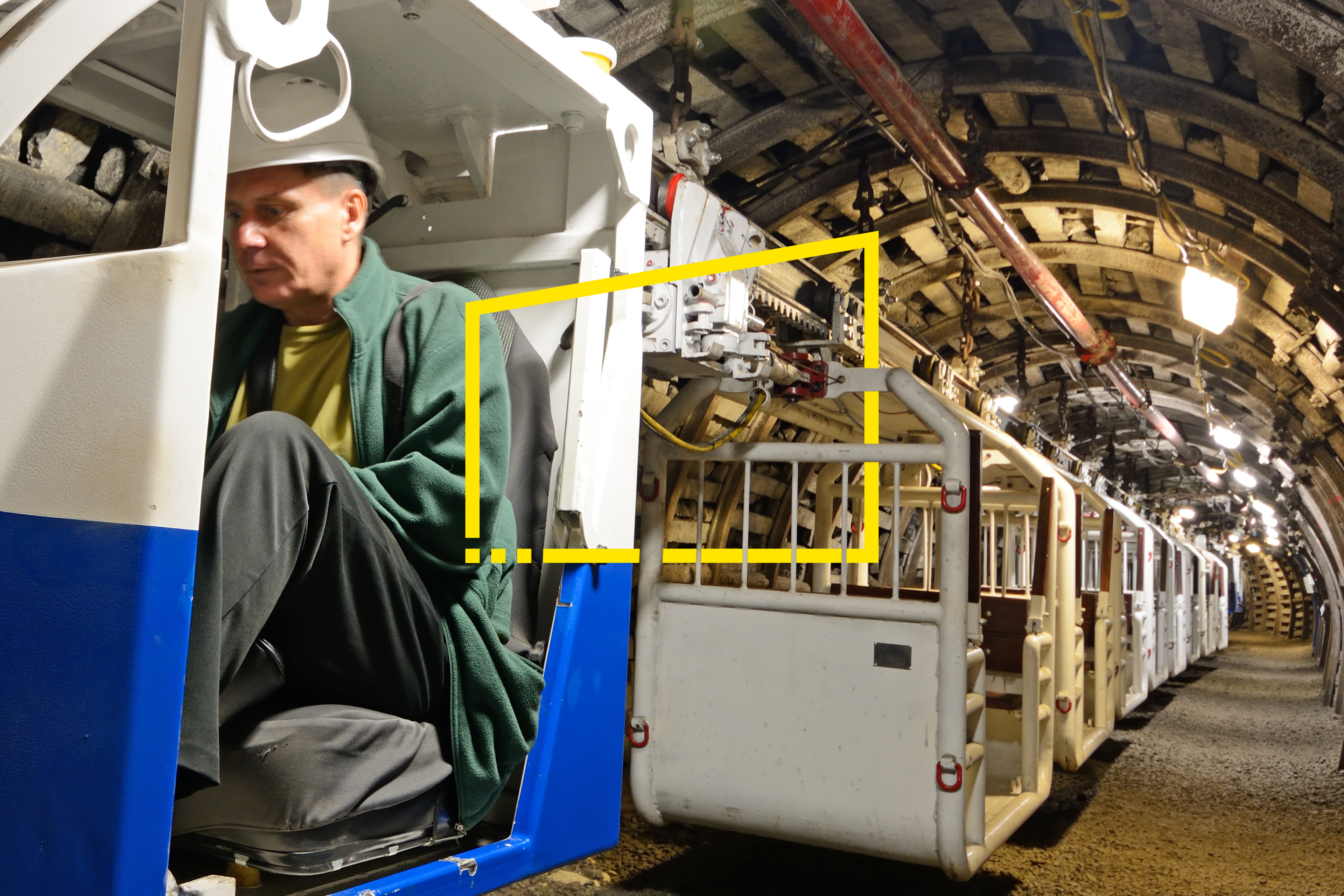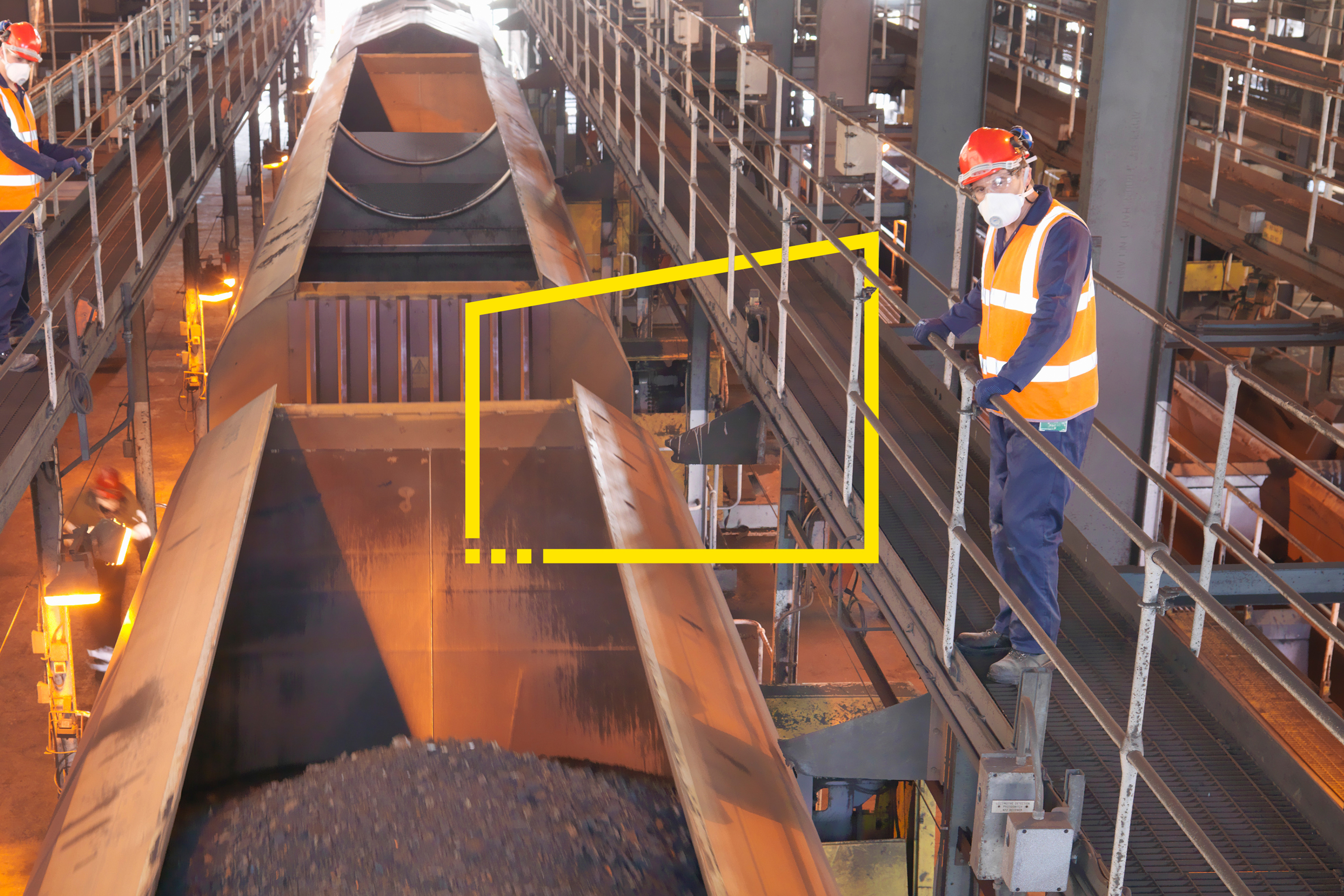EY refers to the global organization, and may refer to one or more, of the member firms of Ernst & Young Global Limited, each of which is a separate legal entity. Ernst & Young Global Limited, a UK company limited by guarantee, does not provide services to clients.
Digital tax
What EY can do for you
Taking a broad approach to digital tax transformation
EY can help you with a holistic approach to tax transformation that covers digital tax effectiveness, digital tax administration, tax technology and tax big data. It helps you identify your tax function‘s immediate challenges and develops an enhanced operating model strategy fit for the digital age, with a blueprint for easy integration with the enterprise.
We stand at a time of unprecedented change, and the mining and metals industry is not immune to that. Right around the world, we are experiencing a digital evolution.
The sector can expect intense scrutiny from the increasing use of technology by tax authorities globally. In response, mining and metals companies will need to automate aspects of their tax compliance functions to meet the increasing demands for data disclosure.
In our work with the mining and metals sector, we’ve identified three trends driving the evolution of tax functions:
- Implementation of digital solutions in tax functions
- Creation of a robust governance and risk framework
- Formation of dispute and controversy management systems
How tax functions should adapt to these trends
Tax departments are being asked to produce more with less, whether it be disclosure, increased compliance or dealing with an increased number of disputes. Digital can help meet these demands. By automating routine processes, tax professionals can free up time to focus on applying robust risk and governance frameworks that take into account the broader business consequences and minimize the risk of litigation.
Actions you can take to stay ahead
- Implementing intelligent automation: Almost every element of tax is open to automation so that companies can start with low-level remedial tasks and work up to more complex tasks. Companies need to assess and define which processes are labor-intensive and repetitive, and then consider which of those can be automated.
- Hiring or developing new skill sets: It is clear that, with so much change, the future tax function will look quite different. It will be automated, but will still require tax professionals with high levels of technological skills to both deploy that automation and make the subjective decisions that will always be required. The other need will be for negotiating and dispute resolution skills to manage material tax risk and litigation.
Implications of digital tax on miners
For mining and metals companies around the world, digital is impacting all aspects of their business. EY’s Andrew van Dinter looks at the impact on tax functions.
Implications of digital tax in the US
EY’s Thomas Minor explains the implications for the tax function when operations at the mines continue to become more technologically advanced.
Our latest thinking
How do you prepare for tomorrow’s mine today?
To improve productivity over the long term, miners need to take a mine-to-market approach and embrace digital. Our strategies can help.
Our globally connected tax network can help your tax function address complex issues, making sure you can operate confidently in today’s disruptive landscape.
How do you prepare for tomorrow’s mine today?
To achieve sustainable improvements in productivity, mining companies will need to overcome a digital disconnect that has held them back.






